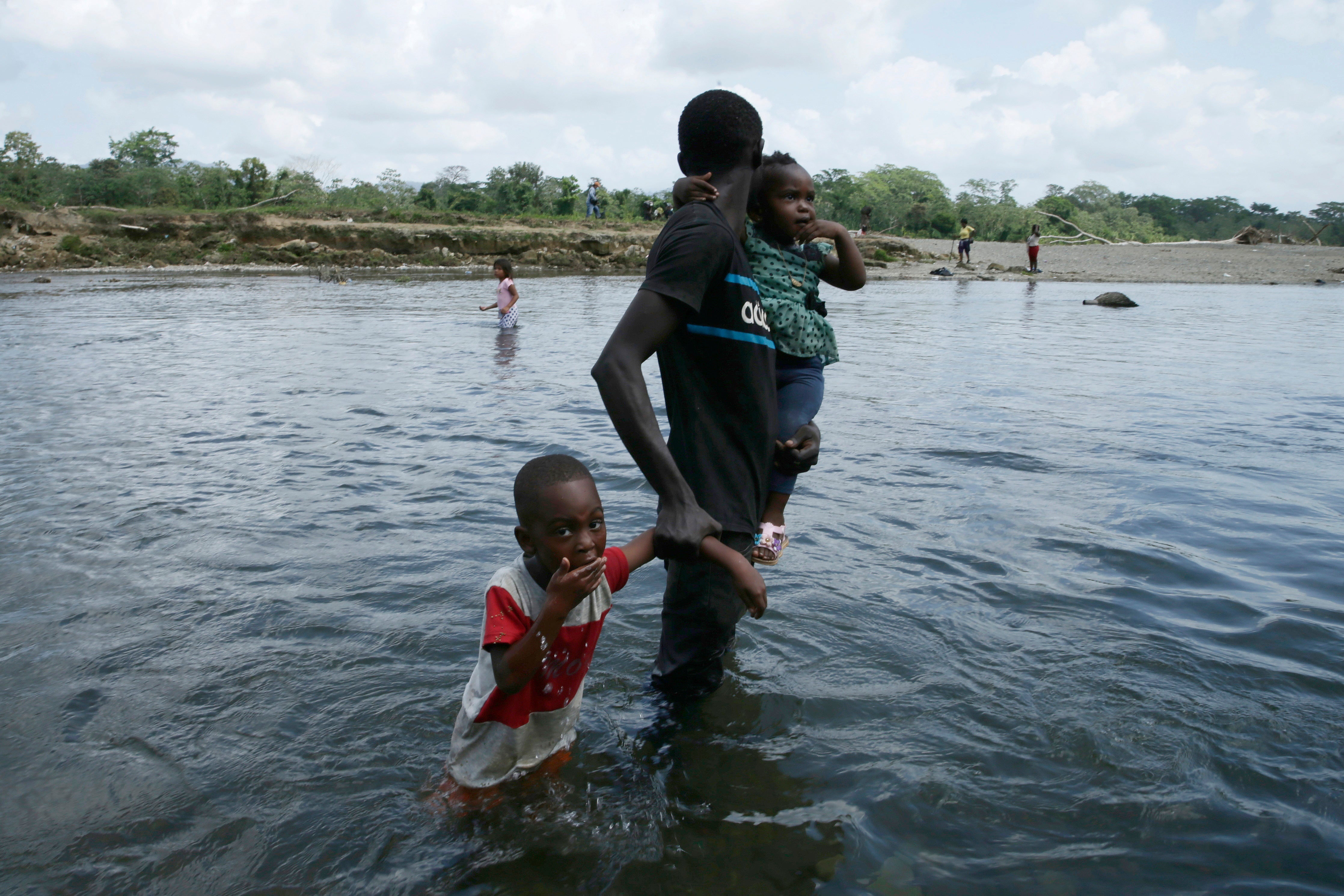UN: Increase in child migrants through dangerous Darien Gap
UNICEF says the number of child migrants passing through the perilous Darien Gap between Colombia and Panama has risen dramatically

Your support helps us to tell the story
From reproductive rights to climate change to Big Tech, The Independent is on the ground when the story is developing. Whether it's investigating the financials of Elon Musk's pro-Trump PAC or producing our latest documentary, 'The A Word', which shines a light on the American women fighting for reproductive rights, we know how important it is to parse out the facts from the messaging.
At such a critical moment in US history, we need reporters on the ground. Your donation allows us to keep sending journalists to speak to both sides of the story.
The Independent is trusted by Americans across the entire political spectrum. And unlike many other quality news outlets, we choose not to lock Americans out of our reporting and analysis with paywalls. We believe quality journalism should be available to everyone, paid for by those who can afford it.
Your support makes all the difference.The number of child migrants passing through the perilous Darien Gap between Colombia and Panama has risen dramatically, the U.N. child welfare agency said Monday.
While underage migrants made up only about 2% of those using the jungle corridor in 2017, in 2020 children comprised 25% of the migrants making the hard trek on foot, UNICEF s report said.
The Darien Gap is a 60-mile (97-kilometer) stretch of roadless jungle that provides the only land route north out of South America. There is little food or shelter on the week-long trek and bandits and wild animals prey on migrants.
Most migrants making the hike are from Haiti or Cuba, with smaller numbers from African nations such as Cameroon and Congo and South Asian countries India Bangladesh and Sri Lanka.
“I have seen women coming out of the jungle with babies in their arms after walking for more than seven days without water, food or any type of protection,” said Jean Gough, the UNICEF regional director who made a two-day trip to the zone.
“These families go beyond their limits and put their lives at risk, often without realizing the risks they are taking,” Gough said.
While only 109 children made the journey in 2017, that swelled to 3,956 in 2019. The coronavirus pandemic and travel restriction reduced both adult and child numbers in 2020, with the latter falling to 1,653.
Over the last four years, a total of at least 46,500 migrants had made the trek, and in total for those years they included 6,240 minors.
The U.S. government has been facing an increase in the number of unaccompanied minors and families with children arriving at its southern border in recent months. Last week there were around 18,000 unaccompanied children in government custody.